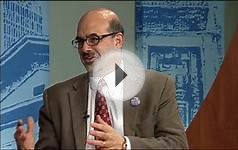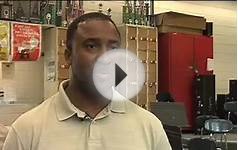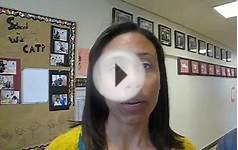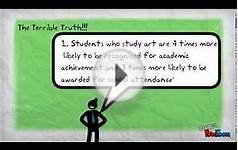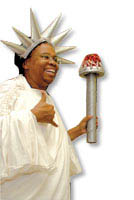 “With the push from NCLB to focus on testing, arts and education are treated as if they’re not compatible, ” says Jamie Myrick, an English teacher at Adams. “People are forgetting that math is taught when a child is playing an instrument. English is taught when a child is reading or writing a script. Critical thinking is taught when a child is analyzing art.”
“With the push from NCLB to focus on testing, arts and education are treated as if they’re not compatible, ” says Jamie Myrick, an English teacher at Adams. “People are forgetting that math is taught when a child is playing an instrument. English is taught when a child is reading or writing a script. Critical thinking is taught when a child is analyzing art.”
Today, Adams, located in California’s West Contra Costa school district, offers visual arts and band classes just 60 percent of the time, while drama, dance, piano keyboarding, photography, and television classes have been cut entirely from the school day. Despite the cutbacks, Myrick and her colleagues have been fighting valiantly to keep the arts alive at their school.
In the early days of NCLB, says Myrick, all the teachers pitched in to offer students “anime, poetry, dance, drama—a little bit of everything” twice a week. Even though the school recorded growth under California’s Academic Performance Indicator, the pressure to make Adequate Yearly Progress (AYP) has intensified, and a significant percentage of the student body is now enrolled in double English and math classes.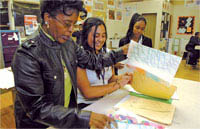 Electives such as dance, television, and crafts were relegated to an after-school program run by educators and community artists. Some educators worry that after-school programs make the arts an afterthought, but for many students, these programs are the only access they have to the arts—and even that access is limited. It’s hard for students who have to ride the bus to stay after school, says Myrick, especially in winter when night comes early.
Electives such as dance, television, and crafts were relegated to an after-school program run by educators and community artists. Some educators worry that after-school programs make the arts an afterthought, but for many students, these programs are the only access they have to the arts—and even that access is limited. It’s hard for students who have to ride the bus to stay after school, says Myrick, especially in winter when night comes early.
An urban school with a transient population of English-language learners, Adams fits a growing profile of schools most likely to have their curriculum stripped to the bone. “We’re finding that the kids who are not getting art are often Hispanics and African-Americans, ” say Myrick and her colleague, part-time art teacher Cathy Coleman. A 2004 study commissioned by the Council for Basic Education states that research “lends support to the overall thrust of anecdotal accounts that poor and minority students are bearing the brunt of...a waning commitment to the arts.” The “greatest erosion of the curriculum, ” the study reports, “is occurring in schools with high minority populations, the very populations whose access to such curriculum has been historically most limited.”

